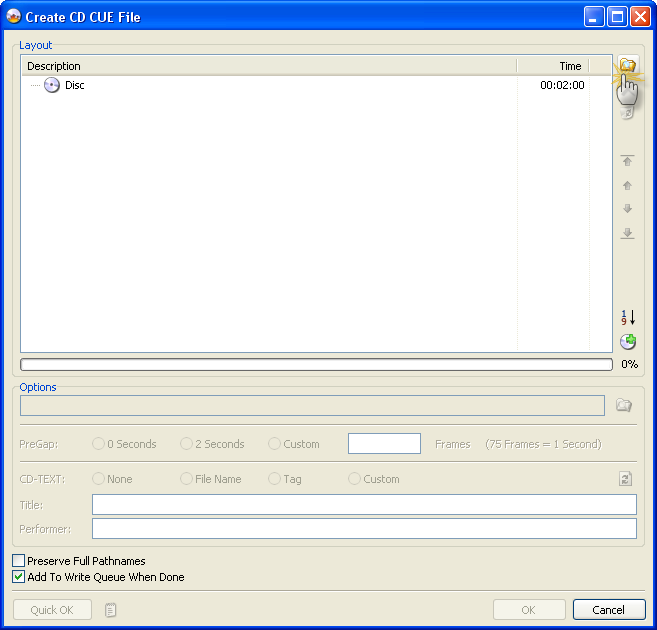
Cheap discs could even explode when used with devices that exceeded writing speeds over 42x. However, such rotation rates also demanded high-quality optical media. What all optical discs had in common was how sensitive they were to damage, which is why we suggest you also bookmark our guide on how to repair damaged CDs or DVDs and recover data.Īudio CD Limitations: How to Avoid Whine, Skips, and Maximize CompatibilityĬD writing devices kept evolving and, in the process, speeding up until they reached speeds up to 72x. That's why such devices were also called "CD burners". Writing on them was achieved thanks to a powerful laser in CD writing devices, which heated their surface to create those pits. Writable discs had a thermo-sensitive chemical structure. The pressure was what created the track and pits on their surface. A laser head in a CD reader could then "scan" that track and, depending on the elevation of each point, "read" data as zeroes and ones.Ĭommercial CDs were pressed, literally, from a master disc.

Data was stored on an imperceptible spiral track on the metallic surface as a sequence of pits. Those little discs were a combination of a protective plastic layer and a thin metallic surface. So, let's see how you can turn your modern MP3s into old-school Audio CDs, just like the older folks did back in the day How Do Audio CDs Work?ĬDs are all but obsolete today.


 0 kommentar(er)
0 kommentar(er)
